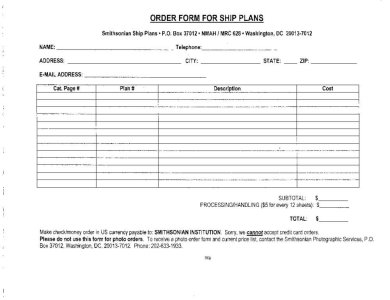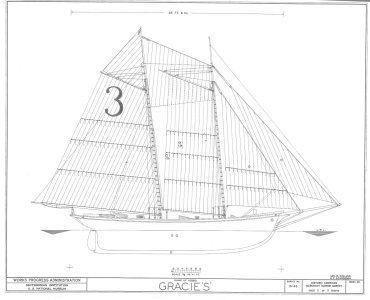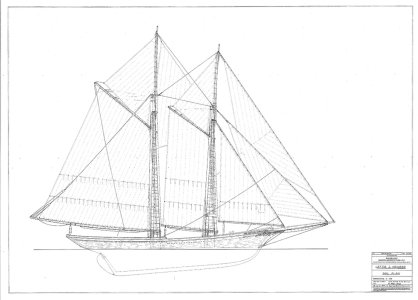- Joined
- Oct 2, 2025
- Messages
- 26
- Points
- 28

There are several "catalogs" for many of the plans at The S.I. Every illustration in all of Chapelle's books except The Baltimore Clipper is available as a 1/4" scale plan. a few exceptions on scale.A link to the Smithsonian and their "nigh-impenetrable without prior knowledge" search functions isn't really providing plans, either.

The The necessary data requires the catalog - at least in the position to get it to you if you do not wish to have your own copy. Another large group is the HAMMS plans,
Once upon a time I could find a lot of last 100 years small craft plans at Mystic. If I have the link, I have hidden it well. A visit to the museum website was non-productive.
There are monographs for French vessels at the AAMM boutique - They are drawn for carved hull and are modelers plans:
AAMM - Accueil
L'AAMM, Association des Amis du Musée national de la Marine, participe au rayonnement du Musée national de la Marine, publie la revue Neptunia et des plans de navires, organise des conférences et des voyages.
The ANCRE monographs are not the place to go if doing unique is a goal.
Both ANCRE and AOTS can be bad news for a scratch build beginner. They started a dominant and pervasive fad. The fad is mostly a complete disaster for scratch builders who are not Silver Backs.
The fad is building the hidden guts of a vessel as well as the outside. It increases the time and amount of a build by 2-10 times, to no good purpose that I can see. To me it is a showoff ego trip with no good purpose. If done once by one person that is sufficient. Otherwise it is: "OK, now I have seen your dump. Now, where is your village." My interest is the swimming body. The flow of the lines. In a decided minority am I.
Dean







